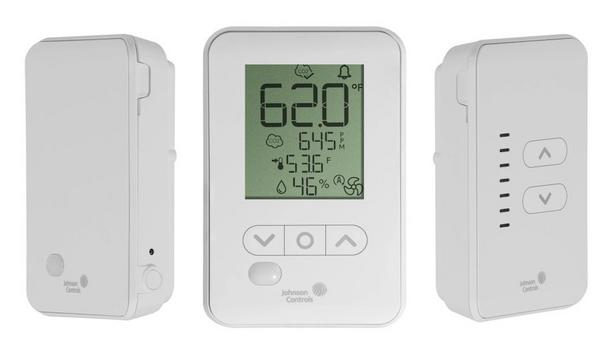EBRS government scheme will provide energy bill relief for all non-domestic customers in Great Britain, with discounts applying initially for the period between 1 October 2022 and 31 March 2023, after which further support will be subject to a review by HM Government.
Eligibility
Those eligible for the EBRS include:
- Businesses.
- Voluntary sector organizations, such as charities.
- Public sector organizations such as schools, hospitals, and care homes.
Who are:
- On existing fixed price contracts that were agreed on or after 1 December 2021.
- Signing new fixed-price contracts.
- On deemed/out-of-contract or variable tariffs.
- On flexible purchase or similar contract.
The relief for energy bills will apply to gas and electricity unit prices. For non-domestic customers, the unit price is as below:
- £211 per megawatt-hour (MWh) for electricity.
- £75 per MWh for gas.
Discount
If users is a business or non-domestic customers of TruEnergy, they will apply the reduction to the bills of eligible customers, with no action required for the end user.
The discount will be applied in pence per kilowatt hour (kWh).
Fixed business or tariff
The Reference Wholesale Price is determined by the government daily and will not change
If users have signed a fixed business contract effective on or after 1 December 2021, they are eligible for the government Energy Bill Relief Scheme. The discount applied to a unit rate will be a difference between Reference Wholesale Price and Government Support Price.
The Reference Wholesale Price is determined by the government daily and will not change. If the user fixed tariff is based on wholesale prices below the government-supported price, they will not be eligible for support.
Variable, day, and night tariff
If users are on a variable tariff, they will get the reduction subject to the ‘maximum discount’. The maximum discount, calculated by the government and set on 30 September 2022, is £345 per MWh for electricity and £91 per MWh for gas.
If users are on a day and night tariff, the discount will be calculated on a weighted volume basis. Here are the steps on how we will achieve this:
- A volume-weighted tariff will be calculated to get a single tariff from day and night tariffs based on:
a. 58% and 42% proportion for NHH meter points;
b. Historical average proportion for HH meter points; - A discount will be applied to a volume-weighted single tariff;
- If the post-discount weighted single tariff does not reach the Government Support Price, then the discount amount will be multiplied by the total actual or estimated consumption for the month which will be the £ discount applied to the bill;
- If the post-discount weighted single tariff does reach the Government Support Price, then the discount amount will be reduced up to the Government Support Price. After that, a reduced discount will be multiplied by the total actual or estimated consumption for the month which will be the £ discount applied to the bill.















